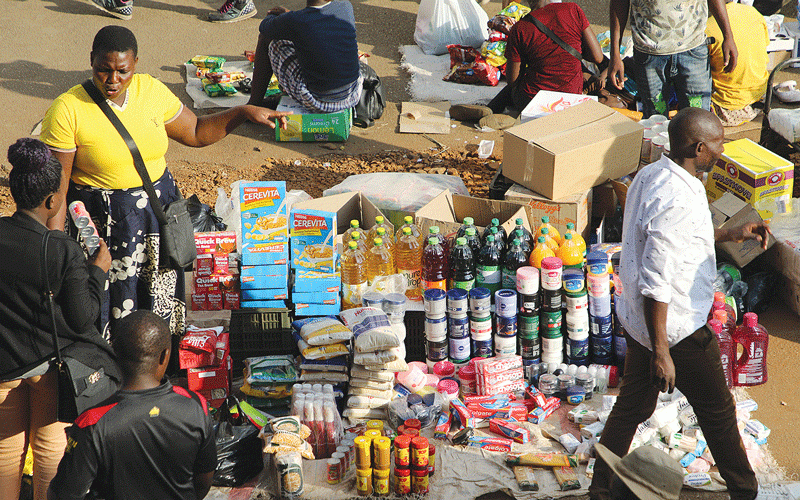
SHAME MAKOSHORI ZIMBABWEAN banks injected the bulk of ZW$39,1 billion in loans (about US$100 million) to government for budgetary financing, giving respite to an administration that has been shunned by international lenders due to mounting debts and arrears, official data showed this week.
Bank injections included Treasury Bills (TBs), according to the Annual Debt Bulletin 2021 Financial Year issued by the Public Debt Management Office, which ranked some big companies among government’s noted creditors.The Southern African country, with a ZW$1,86 trillion (about US$17,5 billion) debt during the period, had accumulated about US$6,6 billion in arrears, which scared lenders due to aggravated risks.
The report said banks took up TBs equivalent to 99% of total domestic debt.
Other lenders — pension funds and insurance companies — were affected by non-compliance to key regulatory requirements, the office said.
“Domestic financial and capital markets are the major source of budget financing, as access to external sources remains constrained due to the accumulation of external debt arrears,” the debt office said.
“In 2021, Treasury raised ZW$39,17 billion for budget financing through the auction (24,33%) and private placements (75,67%).
“The cost of borrowing for the period under review was average interest rates of 21% for 365-day TB, 19% for 270-day TB, 17% for 180-day TB and 15%t for 90-day TB.
“Almost all of these resources were from the banking sector (99%), while the non-banking sector provided the remainder (1%),” the report noted.
- Chamisa under fire over US$120K donation
- Mavhunga puts DeMbare into Chibuku quarterfinals
- Pension funds bet on Cabora Bassa oilfields
- Councils defy govt fire tender directive
Keep Reading
Last year, the government added US$6,45 billion to the public debt as the Treasury assumed the former white farmer’s compensation fund under domestic debt and the Reserve Bank of Zimbabwe (RBZ) legacy loans.
In the comparative 2020 year, public debt ended at US$10,7 billion. Of this amount, US$10,5 billion was external and US$204 million was domestic debt, according to the Zimbabwe Public Debt Management Office (ZPDMO).
The central bank’s legacy loans and white farmer’s compensation that the Treasury agreed to pay amount to US$3,77 billion and US$3,5 billion, respectively.
“The stock of total Public and Publicly Guaranteed (PPG) debt (domestic and external) amounted to ZW$1,86 trillion as at end of December 2021, including RBZ external debt and compensation of former farm owners,” ZPDMO said in the 2021 Annual Debt Bulletin.
“Of this total PPG debt, ZW$1,45 trillion is external debt, while ZW$412,9 billion is domestic debt.”
In 2020, the government agreed to pay white farmers US$3,5 billion for pushing them off their land in favour of black owners with the Treasury officially assuming the debt in the 2021 Annual Debt Bulletin.
While the rise in domestic debt is due to the assumption of the farmers’ debt, the remainder of the US$6,45 billion equaling US$2,84 billion, is related to the central bank’s legacy loans.
The legacy loans concern foreign currency that the central bank was unable to repatriate to external suppliers on behalf of local companies.
In total, the RBZ failed to repatriate funds for 484 firms based on the list of debtors listed in the Finance Bill of 2022 released earlier this year.
Total PPG external debt stock as of the end of December 2021 stood at US$13,35 billion, of which 42% is owed to bilateral creditors, 20% to multilateral creditors, and 37% is RBZ external debt (including blocked funds).
This comprised US$49,7 million for the active portfolio and US$9,6 million as token payments to the Multilateral Development Banks (MDBs) and Paris Club creditors.
Government in September 2021, started making US$100 000 quarterly token payments to each of the 16 Paris Club creditors.
As of the end of May 2022, since the resumption of the token payments, US$8 million was paid to the MDBs and US$4,8 million to the Paris Club creditors.






